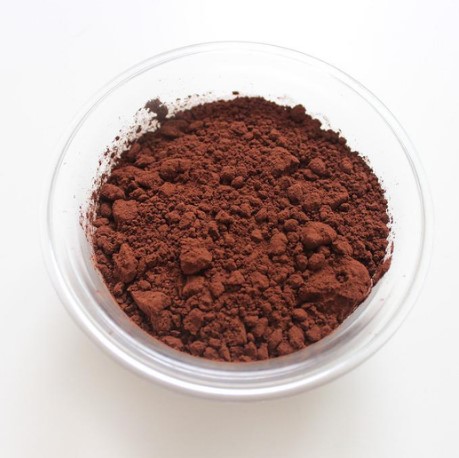
On a day like today, 7 July 2010, the International Organisation of Cocoa Producers and the French Academy of Master Chocolatiers and Confectioners awarded it this distinction to honour its properties and benefits.
Cocoa is a fruit of tropical origin from the cocoa tree, its scientific name being Theobroma Cacao. In Greek it means "the food of the Gods".
The cocoa fruit is shaped like an elongated, oval berry, weighing approximately 450 grams when ripe. It contains between 30 and 40 reddish-brown seeds, with a bitter and astringent taste, covered with a sweet and edible white pulp.
There are usually two cocoa harvests per year (one towards the end of the rainy season and the beginning of the dry season, and another at the beginning of the next rainy season).
Origins and History of Cocoa
- According to some researchers, the origins of cocoa can be traced to the Amazon region (upper Amazon and Orinoco river basins).
- It is estimated that ancient Mesoamerican settlers discovered and transported cocoa to Central America, spreading to South America and Mexico. Evidence of its ritual use was found in the Olmec culture.
- In some pre-Columbian cultures, cocoa was used as a valuable currency.
- In archaeological research from almost a decade ago, evidence was found of cocoa cultivation and consumption by the Mayo-Chinchipe-Marañón culture more than 5,000 years ago, as well as commercial exchange with the cultures of the coast, in the Ecuadorian Amazon.
- Traces and traces of theobromine (cocoa shells) have been found in carbon-14 analyses of vessels dating back to 1750 BC in Veracruz. In Honduras, archaeological studies estimate that cocoa consumption dates back to 1,000 BC.
- Europeans became acquainted with this fruit after the process of conquest and colonisation of America, and it was later considered a luxury item in Europe.
- Chocolate (as a processed cocoa product) was introduced to Europe in the 16th century by the Spanish, and was very popular with royalty and the upper classes.
- The Monasterio de Piedra was the first place where chocolate was made in Europe, in 1524.
- In the 17th century, chocolate was introduced in France, thanks to the support of Queens Anne and Maria Theresa of Austria.
Properties and benefits of cocoa
The composition of cocoa (defatted) is as follows: 35% fibre, 23% protein, 14% carbohydrates, 22% other, 6% minerals.
- It has antioxidant properties, due to its high concentration of flavonoids.
- It is beneficial to health, helping to lower cholesterol, stress and blood pressure levels. It stimulates the defences and reduces the risk of diabetes.
- The nutrients contained in cocoa contribute to tissue renewal and the regulation of metabolic processes in cells.
Cocoa consumption regulates intellectual and cognitive performance and capacity. - It has a stimulating effect due to its composition (theobromine) and provides amino acids for the composition of serotonin in the body.
- Cocoa seeds and leaves are used in traditional medicine to cure ailments and diseases, such as asthma, diarrhoea, parasitism, colic and coughs.
- Cocoa seed oil is used to treat wounds, rashes, burns, toothaches and skin conditions.
Curiosities about cocoa
- Christopher Columbus was the first European to taste a product derived from Cacao (bitter chocolate), processed by the Mayas.
- Cacao was previously used as an energiser and natural tonic to protect against illnesses.
- In the Mayan culture cocoa was used to perform initiation rituals, such as baptisms and marriages.
- If you add natural cocoa to your breakfast, you can improve memory and learning in children and young people, as well as take care of your heart.
13 September was proclaimed International Chocolate Day, in honour of the birth of Roald Dahl, author of the book "Charlie and the Chocolate Factory". - The countries in the world that consume the most cocoa and chocolate are: France, Switzerland, Germany, Belgium, the United States, Brazil and the United Kingdom. Europe is the largest consumer of chocolate in the world, consuming more than 1.2 million tonnes annually.
- Cocoa can be toxic to pets, especially dogs and cats.
#CocoaDay
No hay comentarios:
Publicar un comentario